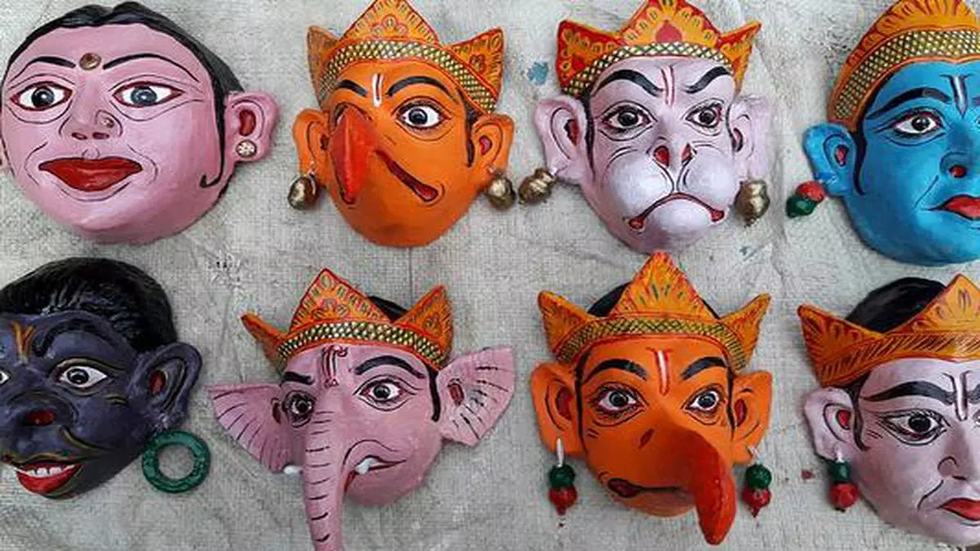In a significant development, Majuli masks, an ancient art form originating from the Majuli river island in Assam, have been awarded the prestigious Geographical Indication (GI) tag. This recognition highlights the unique cultural heritage associated with these traditional masks, emphasizing their historical and cultural importance.
Historical and Cultural Significance of Majuli Masks
The tradition of Majuli masks traces back several centuries, deeply intertwined with Assamese culture. Crafted by skilled artisans using local materials and techniques passed down through generations, each mask embodies the region’s folklore, mythology, and spiritual beliefs. These masks play a vital role in traditional rituals, festivals, and theatrical performances, representing diverse characters and aspects of local customs and traditions.
Importance of GI Tag for Majuli Masks
The decision to grant the GI tag to Majuli masks not only acknowledges their artistic value but also safeguards the cultural legacy embedded within them. This designation provides protection against unauthorized reproduction and ensures that artisans receive recognition and economic benefits for their craftsmanship.
Global Recognition and Tourism Opportunities
Furthermore, the GI tag enhances the global visibility of Majuli masks, attracting interest and appreciation from audiences worldwide. It creates avenues for cultural exchange and tourism, offering visitors the opportunity to explore Assam’s rich cultural heritage.
Preserving Assam’s Cultural Heritage
The GI tag for Majuli masks signifies Assam’s commitment to preserving and promoting its diverse cultural heritage. It serves as a symbol of the profound history and cultural significance of this ancient art form, ensuring its continued prosperity for future generations.
Multiple Choice Questions (MCQs) with Answers:
- What has recently been awarded the Geographical Indication (GI) tag in Assam?
- A) Bihu dance
- B) Majuli masks
- C) Bamboo crafts
- D) Assamese silk
- Answer: B) Majuli masks
- What does the GI tag provide for Majuli masks?
- A) Protection against climate change
- B) Protection against unauthorized replication
- C) Guarantee of international sales
- D) Funding for further research
- Answer: B) Protection against unauthorized replication
- What do Majuli masks represent in Assamese culture?
- A) Historical landmarks
- B) Folklore, mythology, and spiritual beliefs
- C) Modern art trends
- D) Political figures
- Answer: B) Folklore, mythology, and spiritual beliefs
- How does the GI tag benefit artisans of Majuli masks?
- A) Provides them with free marketing services
- B) Secures them a permanent government job
- C) Ensures they receive recognition and economic benefits
- D) Gives them access to international art schools
- Answer: C) Ensures they receive recognition and economic benefits
